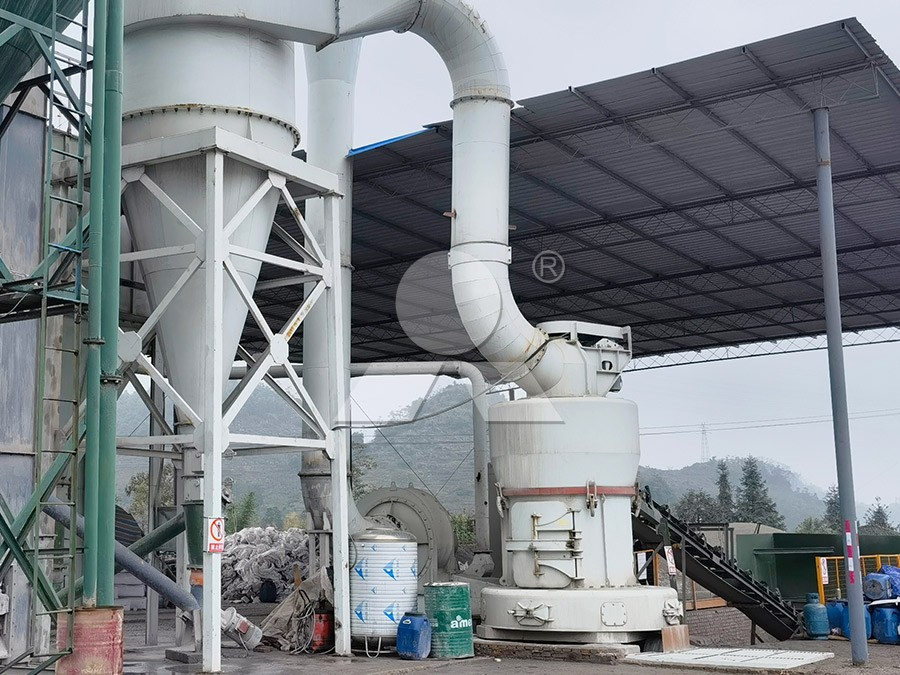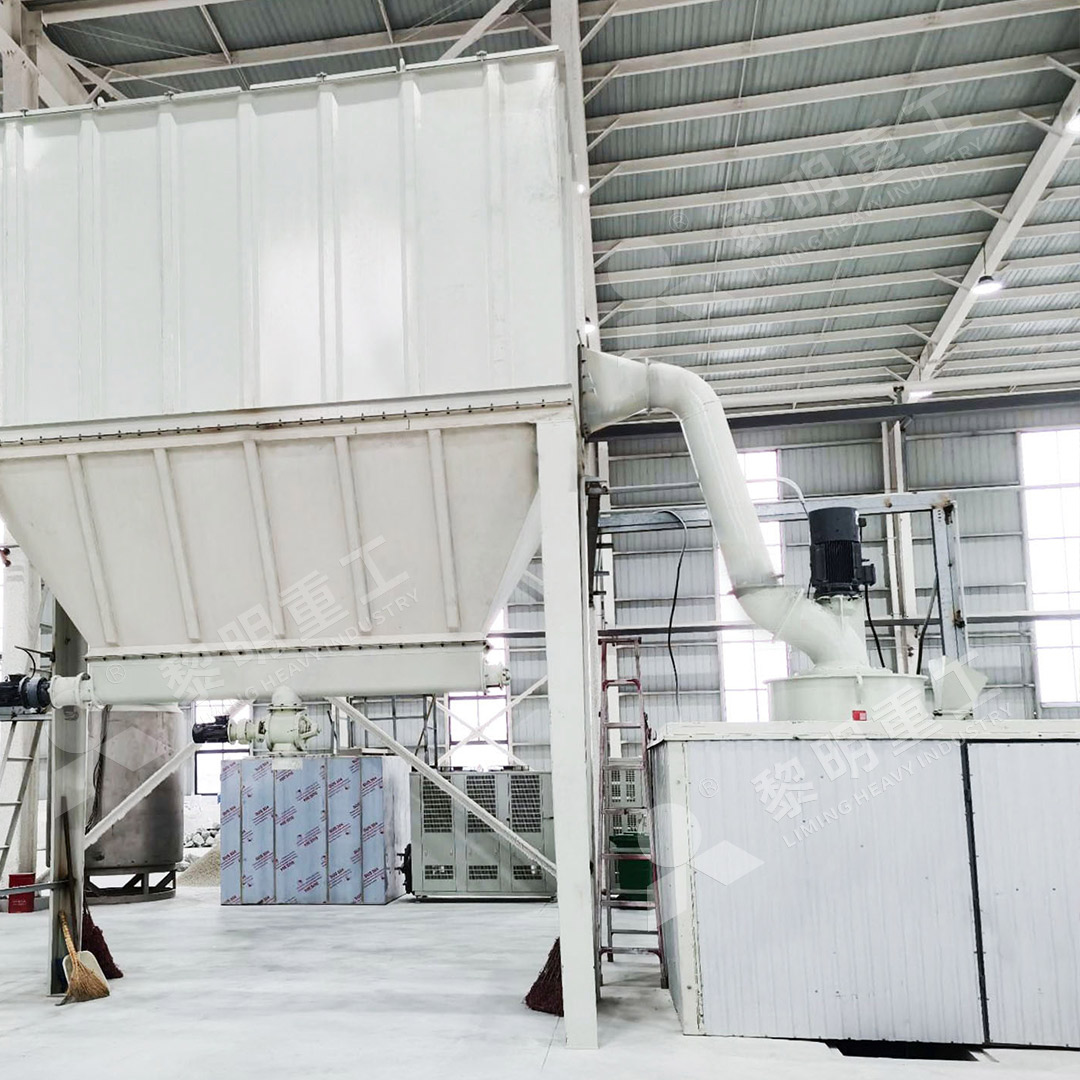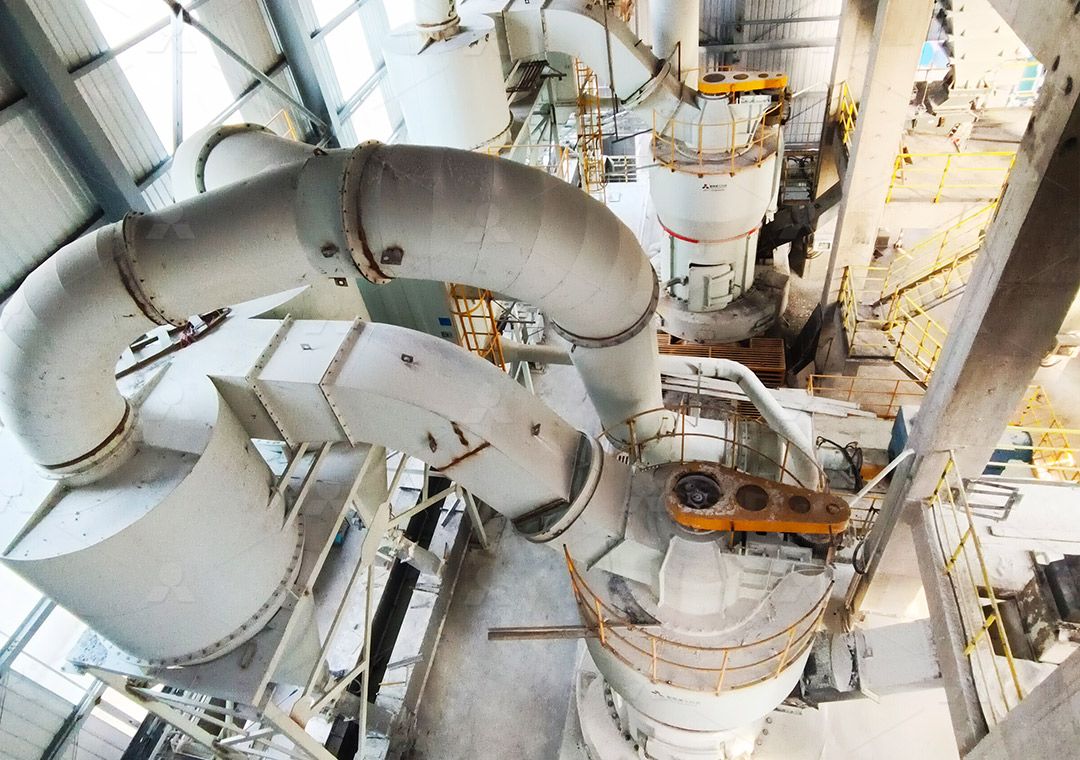How to Adjust the Fineness of Kaolin in a Grinding Mill?
How to Adjust the Fineness of Kaolin in a Grinding Mill?
As a mineral processing engineer with over fifteen years of experience working with industrial clays, I’ve fielded countless questions about kaolin processing. One of the most common challenges operations face is precisely controlling the fineness of their kaolin powder. Getting this right isn’t just a technical detail—it’s the difference between a premium product and a reject batch. The desired fineness directly impacts key properties like brightness, opacity, and viscosity, which are critical for applications in paper, paint, plastics, and ceramics.
The heart of fineness control lies in the grinding mill’s internal mechanics and operational parameters. Let’s break down the primary methods.
1. The Role of the Classifier or Separator
Think of the classifier as the gatekeeper of your final product’s particle size. In most modern grinding mills, this is the primary tool for adjustment. The classifier, typically a rotating cage or set of blades, creates a centrifugal force field. Coarse particles are thrown back toward the grinding zone for further processing, while fine particles that meet the cut-point pass through to be collected.
To achieve a finer product, you increase the rotational speed of the classifier. This creates a stronger centrifugal force, allowing only the very finest particles to escape. Conversely, to get a coarser product, you slow the classifier down. It’s a precise balancing act; setting the speed too high can drastically reduce your throughput, while setting it too low can result in unacceptably coarse material contaminating your final product.

2. Grinding Pressure and Feed Rate
While the classifier does the final sorting, the grinding elements themselves set the stage. In roller mills, the hydraulic pressure applied to the grinding rollers is a key variable. Higher pressure results in more intense comminution forces, generating a greater proportion of fine particles in the grinding bed. However, there’s a trade-off: excessive pressure can lead to premature wear and higher energy consumption.
Similarly, the feed rate of raw kaolin into the mill is crucial. A consistent and optimal feed rate ensures a stable material bed for the rollers to act upon. An overloaded mill can lead to poor grinding efficiency and inconsistent fineness, while an underfed mill can cause metal-to-metal contact, increasing wear and generating contamination.
3. Airflow Volume
Don’t underestimate the role of the air system. The airflow through the mill does two things: it transports the ground powder to the classifier, and it helps with drying. The volume of this airflow affects the internal recirculation load. Higher airflow can carry more coarse particles back to the grinding zone, potentially increasing the overall fineness of the final product. It’s a parameter that must be synchronized with the classifier speed and feed rate for optimal performance.
Choosing the Right Tool for Kaolin: The MW Ultrafine Grinding Mill
Based on my experience across various sites, not all mills are created equal when it comes to the delicate task of processing kaolin. Many operations are now upgrading to more advanced technologies that offer superior control and efficiency. For operations requiring ultra-fine kaolin powders, our MW Ultrafine Grinding Mill stands out.
This machine is specifically engineered for customers who need to make ultra-fine powder with precision. A key feature for kaolin processing is its cage-type powder selector, which adopts German technology to effectively increase the precision of powder separation. What this means for you is direct and reliable control over your final product’s fineness. The MW Mill allows for adjustment within a remarkable range of 325 to 2500 meshes, ensuring you can meet the strictest customer specifications for whiteness and particle size distribution.

Furthermore, its design eliminates rolling bearings and screws in the grinding chamber. This is a significant advantage for maintaining product purity, as it removes the risk of contamination from damaged bearings or loose hardware. For a mineral like kaolin, where product cleanliness is paramount, this built-in reliability is a major operational benefit.
Conclusion
Mastering kaolin fineness is a systematic process that involves understanding the interplay between classifier speed, grinding pressure, feed rate, and airflow. While adjustments can be made on many mill types, investing in technology designed for precision, like the MW Ultrafine Grinding Mill, provides a distinct advantage in consistency, efficiency, and the ability to produce high-value, ultra-fine grades that command premium prices in the market.
Frequently Asked Questions (FAQ)
What is the most important parameter to adjust for fineness control?
The classifier speed is typically the most direct and responsive control. It should be your primary adjustment for day-to-day fineness changes.
Can I adjust fineness without affecting the mill’s output capacity?
There is almost always a trade-off. Producing a finer product generally requires more precise separation and often more grinding cycles, which can reduce the overall throughput of the system. The advanced design of mills like the MW series helps to minimize this capacity loss.
Why is my kaolin fineness inconsistent even with fixed settings?
Inconsistency often stems from variations in the feed material, such as moisture content or hardness. Ensure your raw kaolin is being properly homogenized and dried before milling. Also, check for wear on grinding rollers and classifier blades, as this will gradually change the mill’s performance.
What is the benefit of a mill that can achieve 2500 mesh?
Producing kaolin at 2500 mesh opens up opportunities in high-end specialty markets, such as high-performance coatings, advanced polymers, and cosmetics, where exceptional smoothness, opacity, and chemical reactivity are required.

